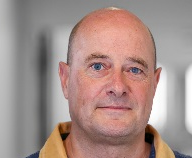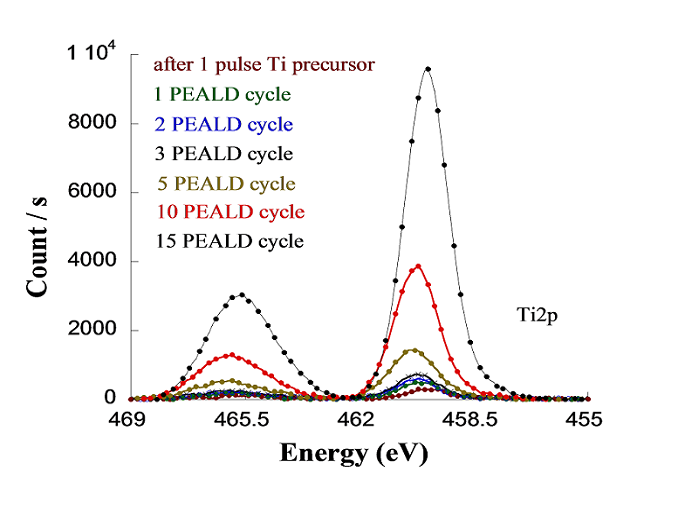
Bernard Pelissier
CNRS, LTM, MINATEC Campus, France
Title: Quasi in situ XPS characterization applied to PEALD selective deposition of TiO2 the IMPACT 300mm project and platform: Merging academic research and industrial applications in microelectronic
Biography
Biography: Bernard Pelissier
Abstract
Selective deposition (ASD for Area Selective Deposition) processes are currently a very active topic of study in the microelectronic’s field. Indeed, this type of growth (bottom-up approach) allows to avoid problems of overlays or CD’s variability and mostly to lower costs compared to the classic top-down approaches requiring very complex developments when the dimensions are reduced: multipatterning, or Extreme UV. In this context a selective deposition process of TiO2 on TiN versus Si has been developed at lab [1]. This type of ASD deposition is based on alternating cycles of PEALD (Plasma Ehanced Atomic Layer Deposition) and phases of surface etching / passivation. In this scheme, these phases of passivation can avoid growth on intended areas for a certain number of cycles ALD. In order to understand and control the key steps in these processes during these successive deposit / engraving / passivation cycles, in-situ or quasi in-situ metrologies are valuable tools. They become mandatory when addressing surfaces presenting strong reactivity to air, as in this case here (TiN and Si). This concept of quasi in-situ analysis with mobile vacuum carrier [2] is one of the key facet of the IMPACT project and characterization platform, which has already been validated for many applications (various growth studies, reactive layers in plasma etching, surface functionalization,..) [3, 6]. Thus, after a synthetic description of the platform’s concept and setup the presentation will highlight this specific application for process development of PEALD selective deposition of TiO2 on TiN versus Si. In particular, the study will describe mechanisms involved for these selective growth cycles, and this at the level of the atomic layer, detailing each cycle from the first layers deposited.


